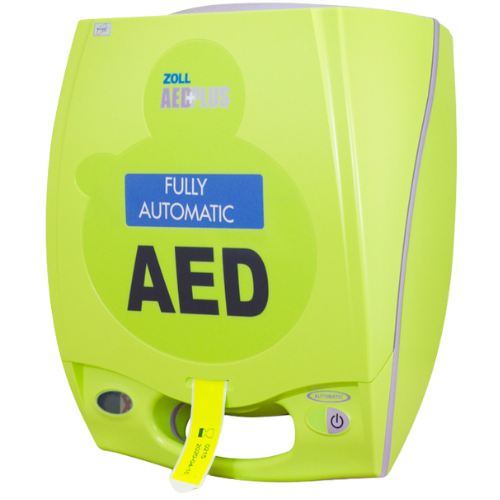Best Defibrillator for Offices
Having a defibrillator in the office can mean the difference between life and death. But with so many options available, choosing the right one can be daunting.
This guide breaks down top defibrillators suitable for office settings, helping you make an informed decision based on your specific needs.
Fully vs. Semi-Automatic
Before diving into specific models, it's essential to understand the two primary types of Automated External Defibrillators (AEDs):
Fully Automatic AEDs: These devices automatically deliver a shock if needed, without requiring the user to press a button. This feature can be beneficial for untrained users or high-stress situations.
Semi-Automatic AEDs: These require the user to press a button to deliver the shock after the device advises it. They offer more control, which some trained users prefer.
Top Defibrillator Models for Office Settings
ZOLL AED Plus Semi-Automatic Defibrillator
Type: Semi-Automatic
Key Features:
Real CPR Help® provides real-time feedback on compression rate and depth.
One-piece CPR-D-padz® electrodes for easy placement.
Long-life consumables with a 5-year shelf life.
Rugged design suitable for various environments.
Best For: Offices with trained personnel who can benefit from real-time CPR feedback.
HeartSine Samaritan PAD 360P Fully Automatic Defibrillator
Type: Fully Automatic
Key Features:
Compact and lightweight design, weighing only 1.1 kg.
SCOPE biphasic technology adjusts for patient impedance.
IP56 rating, offering high protection against dust and water.
Integrated CPR coaching with metronome.
Best For: Small to medium-sized offices seeking a user-friendly and portable AED.
Philips HeartStart OnSite AED
Type: Semi-Automatic
Key Features:
Clear voice instructions guide users through each step.
Quick Shock feature reduces time between CPR and shock delivery.
Daily self-tests ensure device readiness.
Lightweight and easy to transport.
Best For: Offices looking for a reliable and easy-to-use AED with minimal maintenance.
Factors to Consider When Choosing an AED for Your Office
User Experience: Fully automatic devices are ideal for untrained users, while semi-automatic models offer more control for trained personnel.
Environment: Ensure the device's IP rating matches the conditions it will be used in.
Maintenance: Look for devices with long-life consumables and self-testing features to reduce upkeep.
Portability: If the device needs to be moved frequently, opt for lightweight and compact models.
Wrap Up
There's no one-size-fits-all defibrillator. The best device is the one that suits your office's specific needs, considering factors like user experience, environment, maintenance, and portability.
Still unsure which way to go? We’ve been doing this long enough to know what works where. Get in touch and we’ll help you make the right call before you’re faced with a real emergency.





